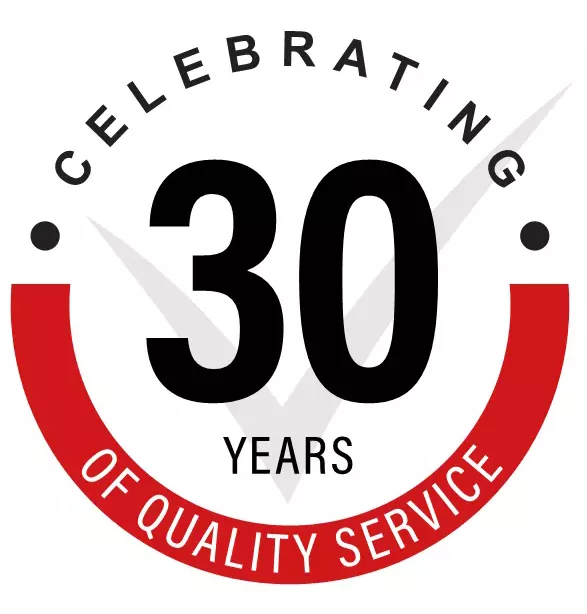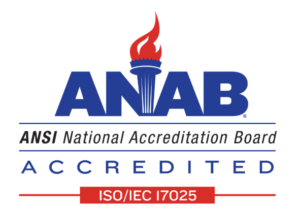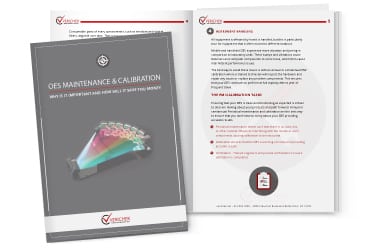Although it has historically been the preferred method of testing, destructive testing has also been largely the only way to gain accurate results. With the technological advances, non-destructive testing methods (NDT) are proving to be accurate, efficient and include the current common metal identification methods.
Destructive metal testing has been around for nearly as long as humans have been able to mix different types of metals. When broken down, you can examine the makeup and compare it to that of other known substances to determine the composition of a particular item. However, a portion of the item used is destroyed in the process.
Even for industries like construction and manufacturing where there are large amounts of metal scrap left over, this method is a waste of resources and budget because the sample must be destroyed and cannot be sold or recycled.
Because it was an obvious way of testing metal, the history of destructive metal testing is largely unknown. It was simply common sense that if you want to find out what something is made from, you need to break it down to find out.
With a wide range of methods, there is now a way to test nearly any kind of metal in an unobtrusive and non-destructive way. Optical Emission Spectroscopy is a method of Positive Material Identification, or PMI, testing that provides a way of analyzing metal without destroying the item being tested.
Advantages of NDT Methods
NDT is an effective method of metal testing that does not affect the very form or quality of the metal being tested. With this method, the reliability and safety of metals used in production facilities can be determined. Thus, the tendency for the potential breakdown of equipment as a result of poor quality is greatly reduced. Below are some of the advantages of NDT:
The biggest benefit of non-destructive testing is that you still have the item intact and undamaged at the end of testing.
Science increasingly makes it easier to conduct these kinds of tests with reliable results.
When items are few or one of a kind, non-destructive testing is really the only option to preserve the object.
The need to shut down the equipment may not be necessary. Tests can still be carried out while the equipment is in operation.
This method is applicable to all kinds of metals and equipment since the likelihood of alteration is not there.
With NDT, it is possible to check for errors at various points in the design of products. This helps the product developers to avoid the hassle of taking apart the equipment after completion.
Disadvantages of NDT Methods
Though NDT is a pretty useful method it is not without its limitations. However, this is nothing to worry about, as the benefits far outweigh the disadvantages. Some of them include:
Not everyone can reliably perform non-destructive testing. For the most reliable results, high-tech tools must be used and require a professionally trained expert to operate and conduct the testing.
Though many of the methods are increasingly financially accessible, non-destructive testing typically costs more than destructive methods when looking at expense alone.
Cleaning the components or metals before testing is a requirement.
The part tested must be representative of the whole material
Variation in magnetic permeability should not be overlooked, it can as well affect the test result.
Electric power is a necessity in some test methods.
A production process such as the finishing of metal may sometimes affect the sensitivity of the test device.
Types of NDT Methods for Metal
There are quite a variety of NDT methods for metal testing. Each of them follows a different approach to carrying out a test.
It would be unwise to just go out there and purchase any device that employs a non-destructive testing method. Reason being that some test methods work best for specific materials or metals. An example of such is the magnetic particle NDT which is compatible with equipment that can be magnetized. Spelled below are some of them:
Magnetic Particle Inspection: In this method, faults or imperfections are detected by taking note of the interruptions the magnetic field experiences as it flows through the metal or material.
Eddy Current Testing or Electromagnetic Testing: This method applies the principle of electromagnetism. Eddy current uses a coil charged with alternating current to cause the electromagnetic induction of a test piece. In other words, the current passes through a conductive path as a result of the magnetic field.
Magnetic Flux Leakage (MFL): This method is applicable to steel structures which include storage tanks and pipelines. These structures are saturated by magnetic fields which are created by very strong magnets.
Dye Penetrant Testing (PT): This is a non-destructive method that incorporates the use of a liquid or solvent to coat a piece of equipment before trying to find out if there is any fault or imperfection. This can be detected by taking note of the break in the liquid.
Neutron Radiographic Testing (NR): This is a pretty efficient method that uses a beam of neutrons at low energy to penetrate a material. In metal materials the low-energy beam is transparent. This is not the case with organic materials which allow the beam to be viewed. The advantage of this method is that the errors can be detected by looking at internal and structural components revealed by the neutron radiography.
Why We Use NDT Methods for PMI
We use NDT methods for PMI for a number of reasons which include: the characteristics of materials such as the structural makeup has no effect on PMI measurement result.
It is also applicable to a wide range of metals or elements. These include Tin, Iron, Chromium, Copper, Zinc, Manganese, Cobalt, Nickel, Selenium, etc. Also, exposure to radiation is at a minimal level, therefore, few safety measures are required. As an added benefit, the potential of a business is maximized because the risk of leakage or other faults arising from the wrong use of materials is greatly reduced.
With many different options for testing the makeup of a material, you want to consult with an expert on the best way to determine the composition of metal before moving forward with a project.
Optical Emission Spectroscopy (OES) is one of the most reliable non-destructive methods available, giving you a way to feel confident in the analysis without harming the product.
From 1 to 20,000 or more pieces, we have metal testing that will fit your needs.



 OES MAINTENANCE & CALIBRATION:
OES MAINTENANCE & CALIBRATION: